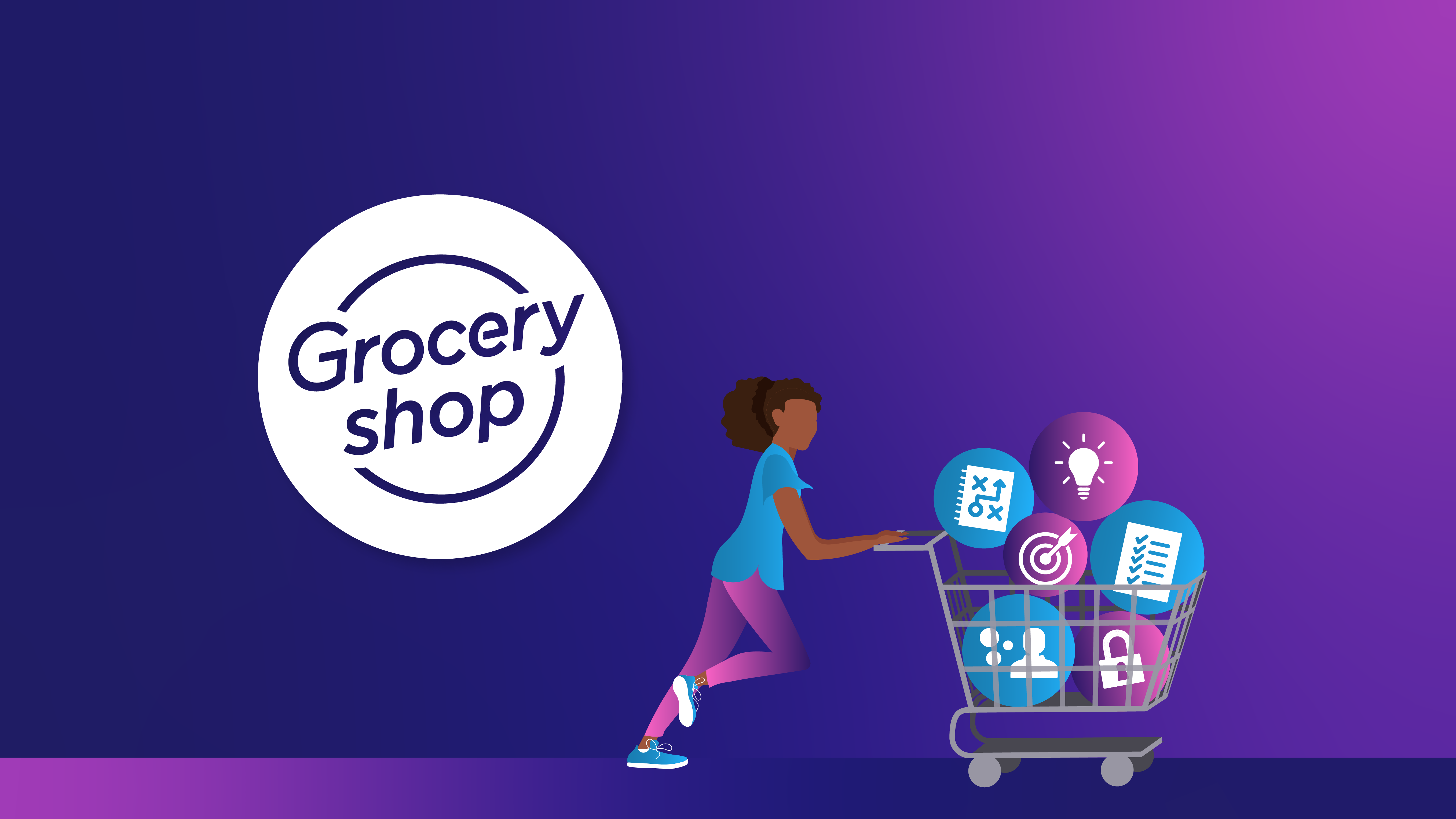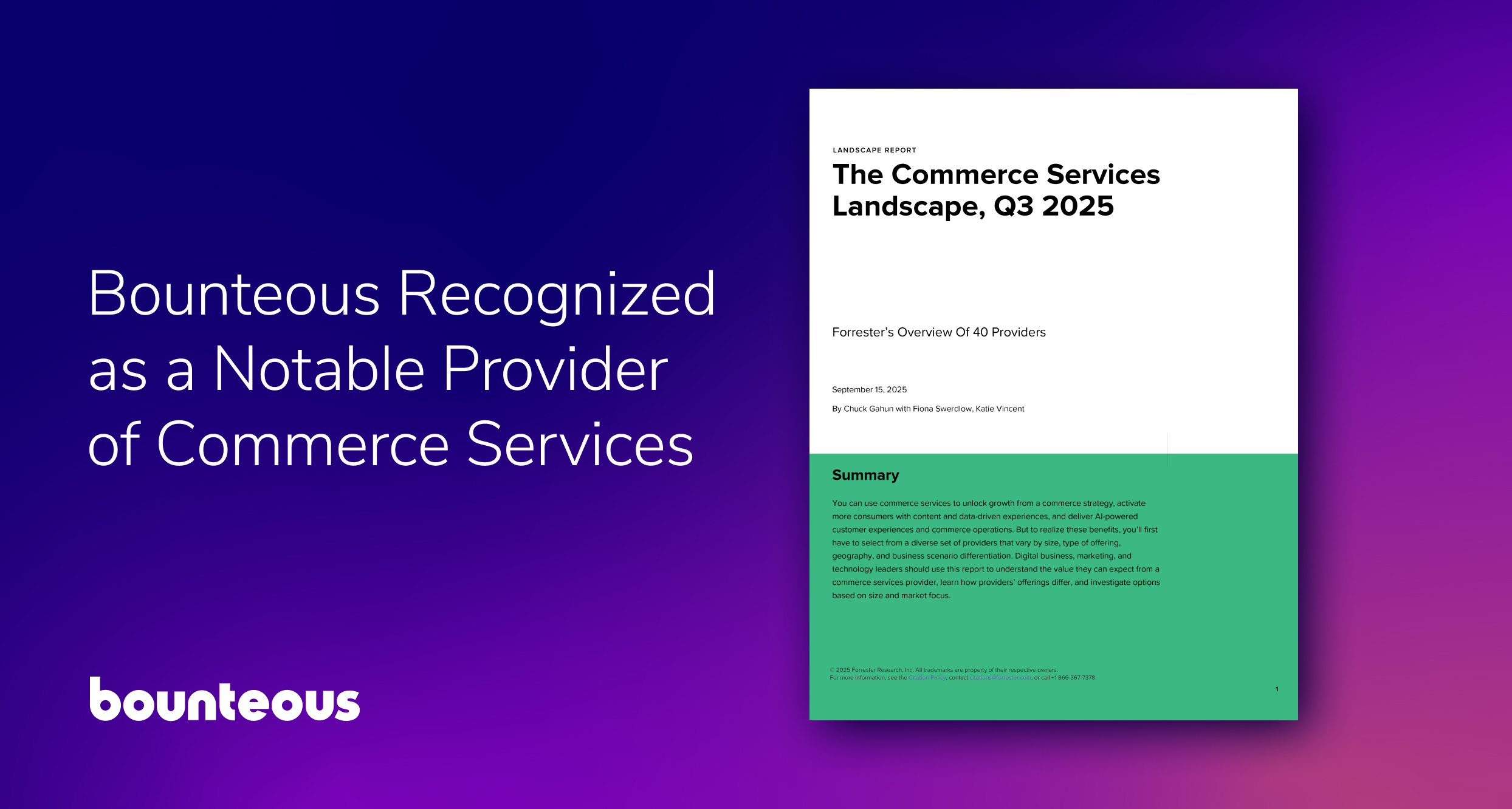Three Keys to Success in Today’s Grocery Industry

This was a pivotal year for the grocery industry, as U.S. commerce penetration experienced 10 years of digital adoption progress in the first 3 months of the pandemic, according to McKinsey. Not surprisingly, this seismic shift brought some strong themes and trends to the forefront of the industry as brands and retailers were forced to quickly adapt in order to remain competitive.
In addition to observing these trends and themes in the marketplace, we also heard these echoed at this year's Groceryshop conference by leaders from large companies like Kellogg's and Mars.
1. The Customer Is Going To Win
In today's highly competitive and dynamic grocery retail environment, the customer is going to win and companies are racing to meet their expectations. Grocery retailers will need to continue to focus on creating an ecosystem where customers do't have to compromise on freshness, selection, pricing, convenience, or speed.
As a result of this, marketplaces of all kinds have sprung up to meet these consumer needs. Marketplaces like DoorDash, Instacart, and Shipt are investing heavily in white labeling their infrastructure to support retailers who don't want to build their own. With the labor shortages that retailers are facing currently, having a good relationship with last-minute delivery marketplaces will be critical to future success.
In order to ensure that the customer always wins, retailers will have to continuously rethink the customer experience—whether it's allowing customers to add groceries to their DoorDash dinner takeout order or allowing them to add alcohol from another retailer.
2. First-Party Data Is Critical
As the pandemic quickly shifted the shopping habits of consumers around the world, many consumer packaged goods (CPG) companies accelerated their efforts to expand into direct-to-consumer (DTC) sales as a way to build their brands, test new products, and gather first-party data. Brands that grow their capabilities internally (as opposed to leveraging a marketplace) will grow their access to data.
Click here to watch our recent DTC webinar with Mars and guest speakers from Forrester.
Once CPGs have accumulated customer data, they'll be able to unlock new data opportunities to better optimize their marketing strategies and deliver more personalized customer experiences. This will require organizations to answer key business and experience questions before diving into the data. Since establishing a better data strategy will cut across teams and business units, this planning stage is a critical time for organizations to unite around their common objectives.
3. Leaders Must Break Out Of The Comfort Zone
We've heard from leaders that we work with and leaders that spoke at Groceryshop that the leadership "rulebook" went out the window early in the pandemic and put pressure on leaders to recognize and confront the vulnerability of their workforce. From listening to these individuals, we’ve learned that it's important to be humble enough to hire people who have skills you don't—and to be okay with not knowing everything, because you've hired the experts that compliment you.
Embracing this vulnerability is also important when it comes to driving organizational change around digital transformation. At this pivotal time in the grocery industry, organizations need to adapt and experiment with different digital strategies—and leaders need to support and encourage this time of growth.
It's an exciting time for the grocery industry and the landscape is shifting radically. Brands that want to win will have to prioritize a customer-centric approach, shore up their access to first-party data, and embrace forward-thinking leadership to get the most out of their people and their footprint. Looking at their assets creatively will help them prepare for the next great shift, which is probably just around the corner.


